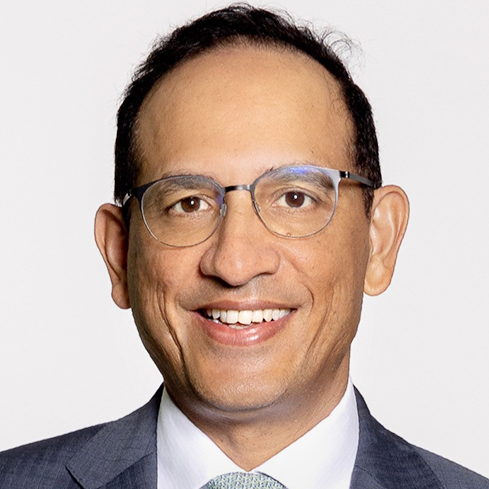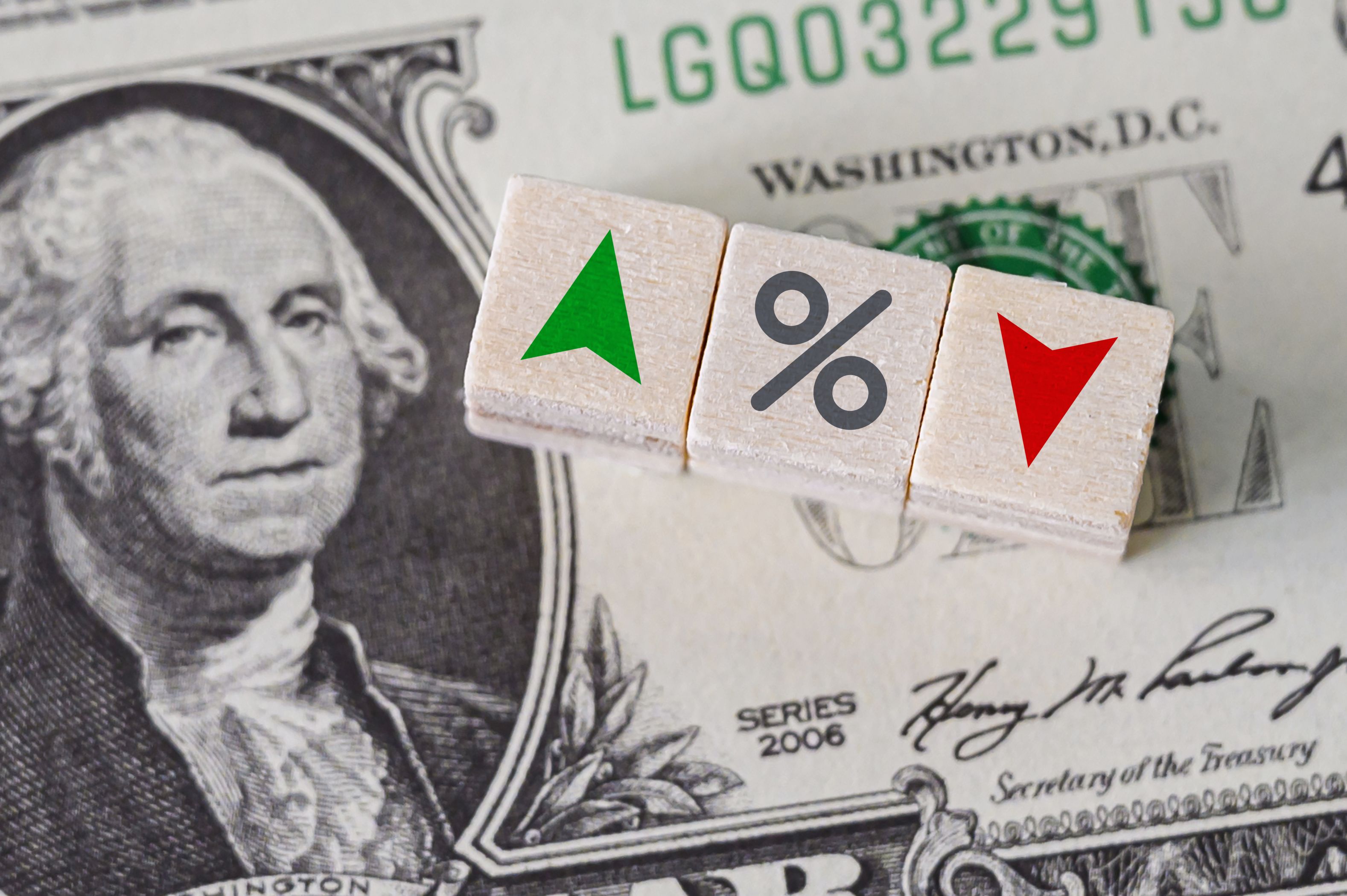
Is it just me or is credit market sentiment in a better place than it was as we headed into the year-end break? And has the overall tone improved as the year has progressed? It certainly feels that way and it’s almost a little odd. Everyone had gone into the end of 2022 feeling rather gloomy because it’d been a long year and constantly trying to factor in the impacts of so many economic and geopolitical headwinds that had made markets volatile and uncertain was just exhausting.
But with a largely identical set of adverse factors still in play, people seem to have returned to the fray with a somewhat more optimistic elan. I wouldn’t say the overall tone in Europe is necessarily gleeful but many of the outlooks I’ve read and the conversations I’ve had with market professionals have taken the current negatives as read and people are endeavouring to look through the uncertainties to the other side.
That discounts the emergence of systemic risk factors; sees the bête noire of inflation being tamed; muted growth or short-lived and shallow recession; no disorderly spike in corporate defaults; no banking crisis; European homeowners largely protected from rising mortgage rates by the huge shift away from floating-rate mortgages; and no fears of credit spreads and benchmark yields careening out of control.
Everyone seems to have accepted that credit spreads will remain elevated on top of higher benchmark yields. But people aren’t seeing the status quo as an aberration. The aberration was the previous cycle of low yields and spreads artificially created by central banks. No, we’re back in the land of the normal.
Treasurers seem to have taken the brutal repricing of credit in their stride. They’re not happy about it but they know they have little choice if they have redemptions to finance or need to raise debt for other purposes. But they are starting to get their heads around the new realities and accept they had it really good for years. The treasurer of a large European corporate told me recently that his debt costs in the bond market had gone from below 0.5% in the summer of 2021 to 2%-area in the spring of 2022 to roughly 5% at the back end of last year. That’s a tenfold increase in 18 months, but he’s sanguine.
Credit investors are conscious that corporates have had to make a big adjustment when it comes to financing levels but at the same time obviously like the fact that the shoe is on the other foot. Investors are focusing squarely on getting back into the bond market to lock in some really attractive entry points. Institutional investors tell me they’re once again having discussions with clients about corporate bonds; clients who hadn’t touched the product with a barge pole for years because of the low yields and spreads.
In terms of investment banking activity, international DCM activity has been pretty hot so far in January, running broadly at the same levels so far in January as the same period of 2022. Europe even has got a couple of IPOs on the go (Ionos and EuroGroup Laminations).
On the bank M&A front, I do wonder whether it’s a case of no smoke without fire regarding Standard Chartered takeover chatter and whether the London-based EM lender is in play; either with First Abu Dhabi Bank or somebody else. The case for banking consolidation in Europe remains intact, perhaps more so as the new rate structure and wider interest margins mean profits are looking up and so could prompt bidders to buy the rising tide narrative and strike while banks are trading at big discounts.
The imperative for banks to digitalize their operating DNA will continue to demand big budgets and this will also be an ongoing driver of consolidation. The fact that Credit Suisse ended up with a van load of potential bidders for its Securitized Products Group (the business going of course to Apollo) suggests that buyers – banks and non-banks – are on the hunt for good assets.
More generally, no-one is forecasting a surge in M&A activity this year but rainmakers say deals can definitely get done (they would say that, wouldn’t they?). Financial sponsors are keen as ever to do LBOs and accept they’ll probably have to write bigger equity checks while accepting that getting the banks to underwrite at anything like the levels they’d gotten used to is a no-go. The European leveraged market is seeing signs of life as the difficulties of 2022 move further back in the rear-view mirror.
M&A has always been about buyers and sellers finding an accommodation on price. Perhaps the best comment I’ve seen about the market shifts and the transition period we’re in was from Dirk Albersmeier, JP Morgan’s co-head of global M&A, who told Reuters: "Some sellers are still hoping for the price of yesterday and some buyers are still hoping to get the financing of yesterday.” Fabulous!









